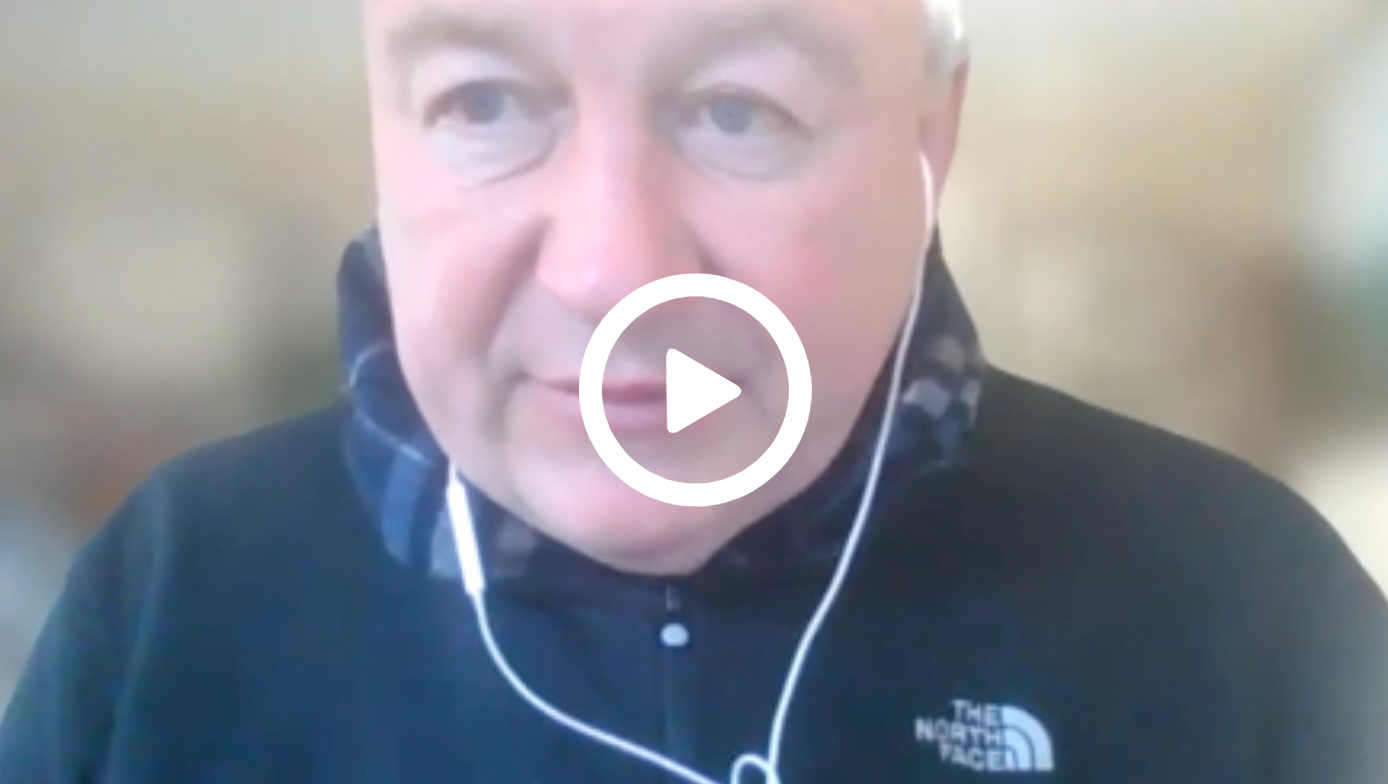
Moving Forward With Multiple Myeloma Research

Paul Richardson, MD, continues his conversation by highlighting various ongoing studies in the multiple myeloma space.
Paul Richardson, MD, director of clinical research at the Jerome Lipper Multiple Myeloma Center at Dana-Farber Cancer Institute in Boston, Massachusetts, RJ Corman professor of medicine at Harvard Medical School, continues his conversation by highlighting various ongoing studies in the multiple myeloma space.
Transcription:
0:09 | This is the concept design, which was just published and JCO, led by my colleague, Lisa Leypoldt, MD. Lisa is actually based in Germany, but also currently working at Dana-Farber and Lisa, in partnership with her mentor, has done a wonderful study looking at the combination of either isatuximab-KRd in high-risk newly diagnosed myeloma, and shown remarkable response rates, as well as an excellent [minimal residual disease] MRD negativity, even in patients who are transplant ineligible. This has been an encouraging validation of this whole approach of quadruplets. There was also data from Enrique Ocio, MD, PhD, earlier this year, especially in the context of the EHA meeting, showing that isatuximab combined with RVd and VCd were clearly an active platform and transplant eligible patients.
0:58 | So where does this leave us? Well, I think building on the daratumumab-RVd platform is an exciting area. There are multiple trials that are ongoing in this space, including MIDAS [NCT04934475], and indeed in that same spirit, there are a number of other studies that are ongoing to nail this down. Now, 1 particularly interesting abstract that was presented at the meeting was by my colleague…just to remind you, this was from the DETERMINATION [NCT01208662] phase 3 trial, where we showed improved progression-free survival, with RVd plus transplant and dramatically so compared with RVd alone, but interestingly, no overall survival advantage yet. Now, you have to be careful here. This may be simply a matter of time. But importantly, what we were able to show is that MRD was a key marker of success. Interestingly, also, in the patients who had delayed transplant, only 28% of them have received transplants so far. So clearly the equalizer here is not the transplant to date. Having said that, we have to be careful because obviously longer follow-up may be key. In terms of higher rates of acute toxicities. However, these were real and transient but clinically meaningful decreases and quality of life was seen. And importantly, there was an increased risk of second hematologic cancers [acute myeloid leukemia], [myelodysplastic syndrome], with RVd plus transplant early. So
this suggests there may be some element of competing risk.
2:17 | So the question is, how will this do when we put in quadruplet approaches? And is there increasing the rationale for using quadruplets and keeping transplant in reserve in selected patients? Well, when we look at subgroups in DETERMINATION, it is important to note that we see possible differences. One of the most important presentations in my mind at the meeting was with my colleague who presented subgroup analyses on African American patients, and what Jeff showed nicely was that we again have to be careful because these are hypothesis generating numbers from our subgroup analysis. But nonetheless, in terms of the actual numbers, there were 66 patients per arm, 132 in all, who are African American, and when we looked at these groups of patients, we saw some very interesting trends.
3:03 | What we saw was overall, the actual hazard ratio for benefit in terms of PFS was modest. It was 1.07, so there was benefit, but again, the hazard ratio was just 1.07. Not nearly as impressive as we saw for White patients. Interestingly, this benefit diminished in particular if there was a high [body mass index (BMI), and less BMI. Importantly, in terms of female sex there, this unfortunately seemed to show that early transplant resulted in a shorter median PFS than the group overall. I think we have to be very careful here. This is highly preliminary and interesting, and I think provocative, but it is important to note this is a multicenter, prospective, randomized trial, there was equal access to therapy. There were no socioeconomic factors at play here, and importantly, this preliminary analysis is something which we have looked at carefully, and we would suggest warrants further study.









































